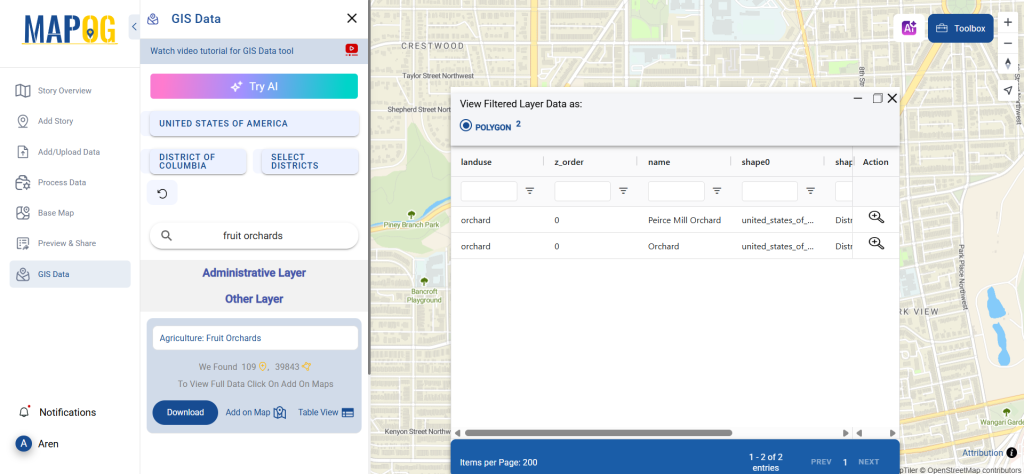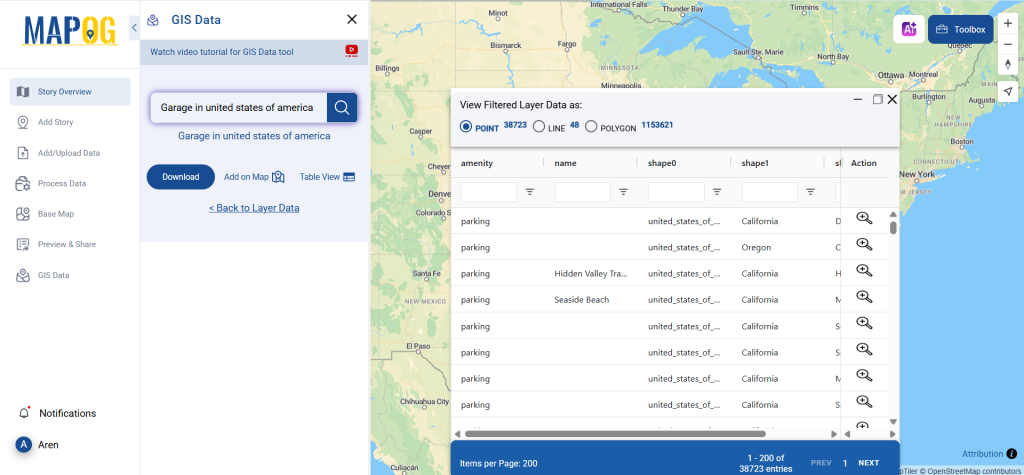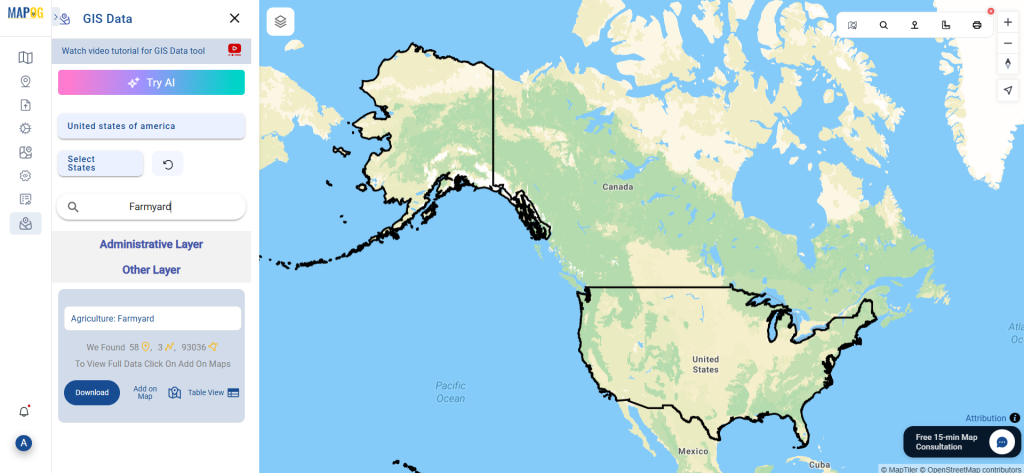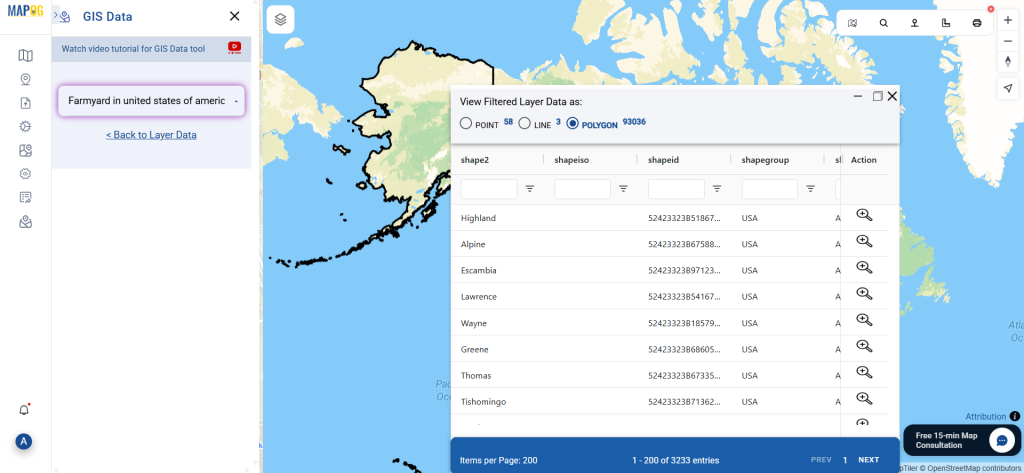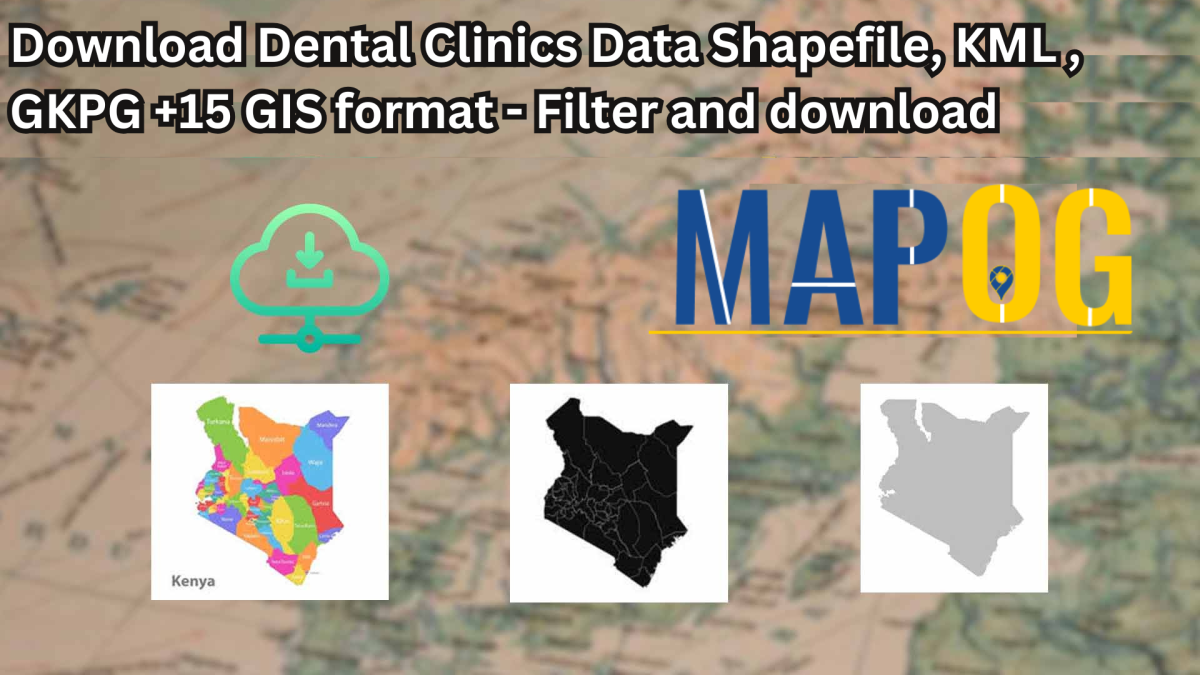Looking for structured police station data for mapping and analysis? Download Police Station Data effortlessly using GIS Data by MAPOG. This intuitive platform provides access to multiple GIS formats, including Shapefile, KML, GeoJSON, and MID, ensuring compatibility with various GIS applications. Whether it’s for law enforcement planning, emergency response, or urban safety assessments, MAPOG offers well-organized, up-to-date geographic datasets for seamless integration into GIS workflows.
How to Download Police Station Data
MAPOG simplifies the data acquisition process, offering an easy-to-follow guide for accessing police station datasets across different regions. With support for over 15 GIS formats—including SHP, CSV, SQL, DXF, MIF, TOPOJSON, and GPX—this platform caters to professionals, researchers, and government agencies needing reliable geospatial information.
Download Police Station Data of any countries
Note:
- All data is provided in GCS datum EPSG:4326 WGS84 CRS (Coordinate Reference System).
- Users need to log in to access and download their preferred data formats.
Step-by-Step Guide to Download Police station Data
Step 1: Search for Police Station Data
Begin by navigating to the GIS Data by MAPOG interface. Use the search function to locate “Police Station Data“ Check the metadata to determine whether the dataset is in point or polygon format, depending on your project requirements.
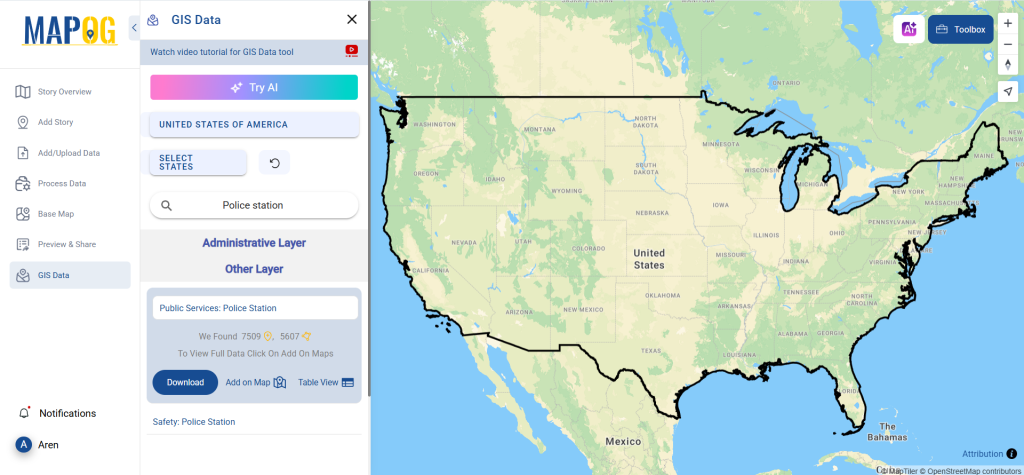
Step 2: Utilize the AI Search Tool
MAPOG’s “Try AI” feature enhances search efficiency. Simply enter keywords like “Police Stations in the area,” and the AI will fetch the most relevant datasets. This tool not only saves time but also improves accuracy in locating the right data.
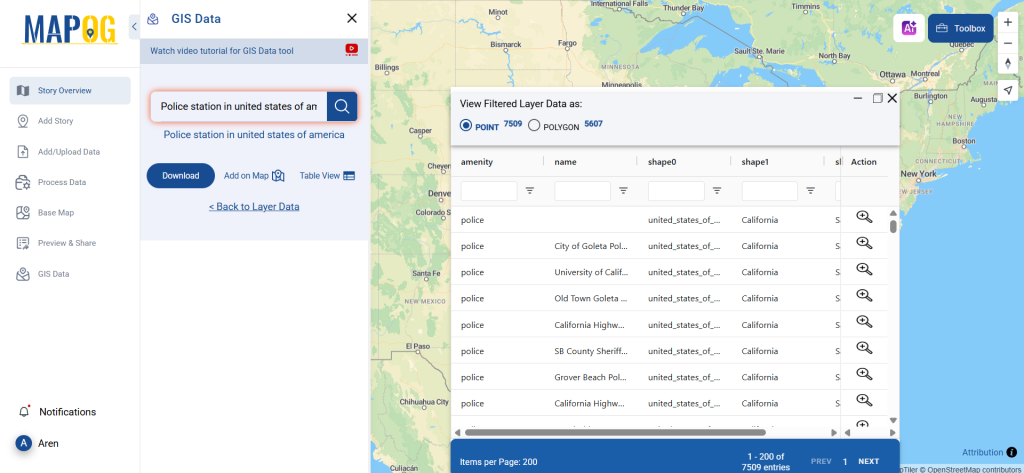
Step 3: Apply Data Filters
Refine your results using the Filter Data option. Narrow down your search by selecting specific states, districts, or city-level data. This ensures you get precise and relevant police station datasets tailored to your needs.

Step 4: Visualize with “Add on Map”
Enhance spatial analysis by overlaying the selected dataset on the interactive GIS map. The “Add on Map” feature allows users to visualize the distribution of police stations, accessibility, and coverage, aiding in crime mapping and urban security planning.
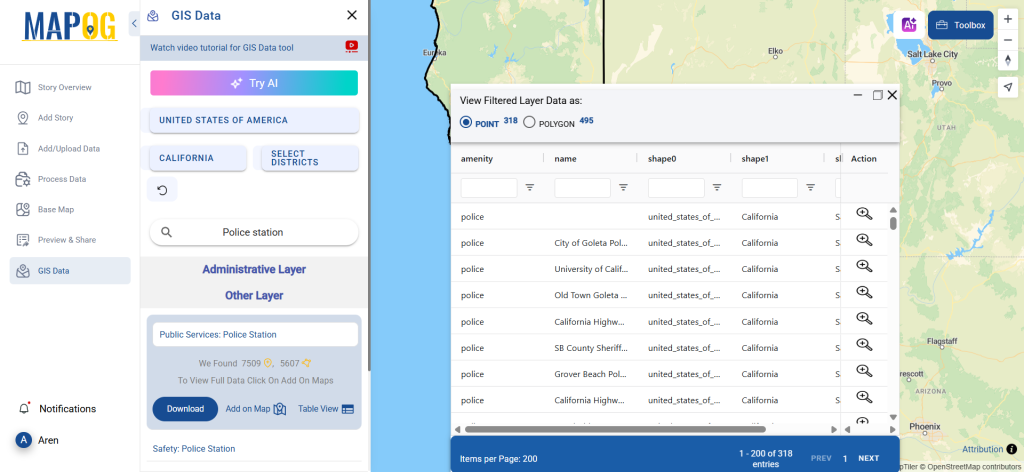
Step 5: Download Police Station Data
Once the dataset meets your requirements, proceed to download it. Choose between a sample dataset or the complete version. Select your preferred format—Shapefile, KML, MID, GeoJSON, or another supported format—accept the terms, and click “Download.”

Final Thoughts
With GIS Data by MAPOG, accessing Police Station Data has never been more efficient. Whether for public safety planning, GIS-based crime analysis, or infrastructure management, this platform provides accurate and up-to-date datasets in multiple formats. By leveraging these resources, law enforcement agencies, researchers, and urban planners can make data-driven decisions with ease.
With MAPOG’s versatile toolkit, you can effortlessly upload vector and upload Excel or CSV data, incorporate existing layers, perform polyline splitting, use the converter for various formats, calculate isochrones, and utilize the Export Tool.
For any questions or further assistance, feel free to reach out to us at support@mapog.com. We’re here to help you make the most of your GIS data.
Download Shapefile for the following:
- World Countries Shapefile
- Australia
- Argentina
- Austria
- Belgium
- Brazil
- Canada
- Denmark
- Fiji
- Finland
- Germany
- Greece
- India
- Indonesia
- Ireland
- Italy
- Japan
- Kenya
- Lebanon
- Madagascar
- Malaysia
- Mexico
- Mongolia
- Netherlands
- New Zealand
- Nigeria
- Papua New Guinea
- Philippines
- Poland
- Russia
- Singapore
- South Africa
- South Korea
- Spain
- Switzerland
- Tunisia
- United Kingdom Shapefile
- United States of America
- Vietnam
- Croatia
- Chile
- Norway
- Maldives
- Bhutan
- Colombia
- Libya
- Comoros
- Hungary
- Laos
- Estonia
- Iraq
- Portugal
- Azerbaijan
- Macedonia
- Romania
- Peru
- Marshall Islands
- Slovenia
- Nauru
- Guatemala
- El Salvador
- Afghanistan
- Cyprus
- Syria
- Slovakia
- Luxembourg
- Jordan
- Armenia
- Haiti And Dominican Republic
- Malta
- Djibouti
- East Timor
- Micronesia
- Morocco
- Liberia
- Kosovo
- Isle Of Man
- Paraguay
- Tokelau
- Palau
- Ile De Clipperton
- Mauritius
- Equatorial Guinea
- Tonga
- Myanmar
- Thailand
- New Caledonia
- Niger
- Nicaragua
- Pakistan
- Nepal
- Seychelles
- Democratic Republic of the Congo
- China
- Kenya
- Kyrgyzstan
- Bosnia Herzegovina
- Burkina Faso
- Canary Island
- Togo
- Israel And Palestine
- Algeria
- Suriname
- Angola
- Cape Verde
- Liechtenstein
- Taiwan
- Turkmenistan
- Tuvalu
- Ivory Coast
- Moldova
- Somalia
- Belize
- Swaziland
- Solomon Islands
- North Korea
- Sao Tome And Principe
- Guyana
- Serbia
- Senegal And Gambia
- Faroe Islands
- Guernsey Jersey
- Monaco
- Tajikistan
- Pitcairn
Disclaimer : The GIS data provided for download in this article was initially sourced from OpenStreetMap (OSM) and further modified to enhance its usability. Please note that the original data is licensed under the Open Database License (ODbL) by the OpenStreetMap contributors. While modifications have been made to improve the data, any use, redistribution, or modification of this data must comply with the ODbL license terms. For more information on the ODbL, please visit OpenStreetMap’s License Page.
Here are some blogs you might be interested in:
- Download Airport data in Shapefile, KML , MIf +15 GIS format – Filter and download
- Download Bank Data in Shapefile, KML, GeoJSON, and More – Filter and Download
- Download Railway data in Shapefile, KML, GeojSON +15 GIS format
- Download Farmland Data in Shapefile, KML, GeoJSON, and More – Filter and Download
- Download Pharmacy Data in Shapefile, KML, GeoJSON, and More – Filter and Download
- Download ATM Data in Shapefile, KML, MID +15 GIS Formats Using GIS Data by MAPOG
- Download Road Data in Shapefile, KML, GeoJSON, and 15+ GIS Form





